New Scientist covers the latest developments in science and technology that will impact your world. New Scientist employs and commissions the best writers in their fields from all over the world. Our editorial team provide cutting-edge news, award-winning features and reports, written in concise and clear language that puts discoveries and advances in the context of everyday life today and in the future.
Elsewhere on New Scientist
Smart solutions • Phased introductions to cellphones and social media would help kids more than bans
New Scientist
Starliner soars over an aurora
Russia faces $32 billion climate bill • Ukraine plans to include an estimate of the damage caused by carbon emissions from war in its compensation claim against Russia. Michael Le Page reports
The climate toll of a war • Some 175 million tonnes of carbon dioxide emissions have been generated by the war in Ukraine in the two years since Russia’s full-scale invasion, coming from six main sectors
Ukraine is using AI to manage the removal of Russian landmines
Did tiny black holes fill the cosmos? • Spotting mini black holes with a property called colour charge could help unravel dark-matter mystery
Varying your stride length may help you burn more calories
Malaria drug shows promise in polycystic ovary syndrome
Hybrid design could improve nuclear fusion reactors
Elephants seem to give each other nicknames
Humanoid robot that drives a car could act as your chauffeur
The toll of space travel • Bank of astronaut medical data will help us understand the effects of space flight on the body
Largest volcanoes on Mars have frosted tips during winter
CRISPR lung treatment offers hope for cystic fibrosis
Smart fabric could keep you cool in city heat
Mamma mia, it’s impossible Mario! • Even a supercomputer couldn’t calculate whether some Super Mario levels can be beaten
Quantum sensor takes temperature inside a tiny worm
How to spot a stricken alien ship • If alien craft are using warp drives, we should be able to detect them when they malfunction
Australian pterosaur had a huge tongue to help gulp down prey
Liquid crystals could improve quantum communications
Muscle zapping during exercise helps people recover from stroke
The universe’s first stars could have formed surprisingly early
Marine fungus can digest floating plastic pollution
A win for all • From measuring longitude at sea in the 18th century to tackling antibiotic resistance today, everyone benefits when we reward ideas, says Martin Rees
Future Chronicles • A human-fungus chimera This week, we visit a cult in late 21st-century Japan that biologically merged with a fungal network in hope of immortality. Rowan Hooper tells us how it happened
Your letters
Rusting river
The rules of the game • From chess to nuclear war planning, Jeremy Hsu enjoys a wide-ranging examination of how games have shaped the world – for better or for worse
Putting maths on the map • A new look at how vital mathematics is to map-making is an engaging exploration of a fascinating subject, finds Sarah Hart
New Scientist recommends
The film column • Beauty of The Beast Bertrand Bonello’s twist on a Henry James novella from 1903 may be the most indirect critique of technology ever made. This film is shocking, memorable – and absolutely terrifying, says Simon Ings
Digital damage? • There are few more contentious issues for parents than children’s screen time. What does the evidence show about its effects? Michael Marshall investigates
Techno-panics of the past
Still on screens
Rise of the teratribe • Tribalism can result in prejudice,...
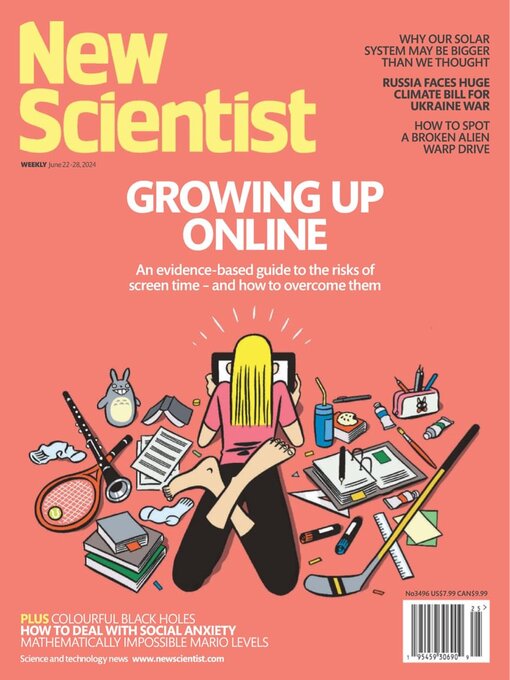
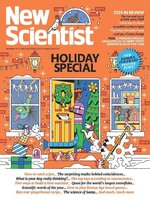 Dec 14 2024
Dec 14 2024
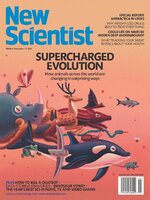 Dec 07 2024
Dec 07 2024
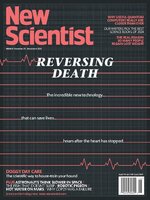 Nov 30 2024
Nov 30 2024
 Nov 23 2024
Nov 23 2024
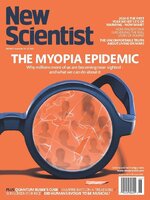 Nov 16 2024
Nov 16 2024
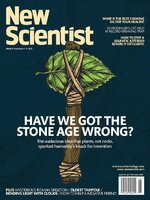 Nov 09 2024
Nov 09 2024
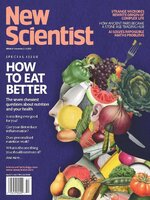 Nov 02 2024
Nov 02 2024
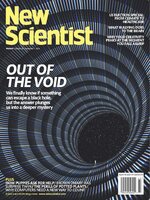 Oct 26 2024
Oct 26 2024
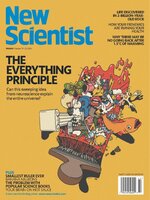 Oct 19 2024
Oct 19 2024
 Oct 12 2024
Oct 12 2024
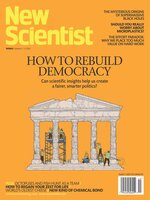 Oct 05 2024
Oct 05 2024
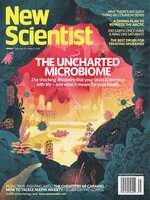 Sep 28 2024
Sep 28 2024
 Sep 21 2024
Sep 21 2024
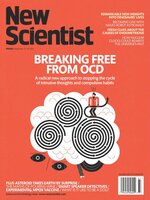 Sep 14 2024
Sep 14 2024
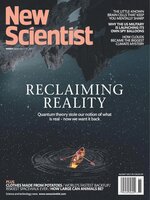 Sep 07 2024
Sep 07 2024
 Aug 31 2024
Aug 31 2024
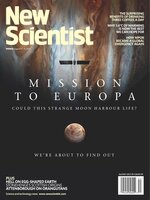 Aug 24 2024
Aug 24 2024
 Aug 17 2024
Aug 17 2024
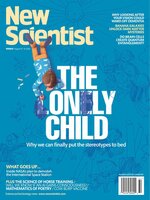 Aug 10 2024
Aug 10 2024
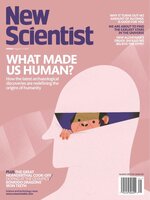 Aug 03 2024
Aug 03 2024
 Jul 27 2024
Jul 27 2024
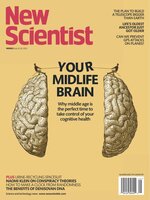 Jul 20 2024
Jul 20 2024
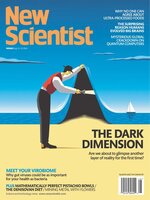 Jul 13 2024
Jul 13 2024
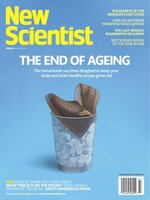 Jul 06 2024
Jul 06 2024
